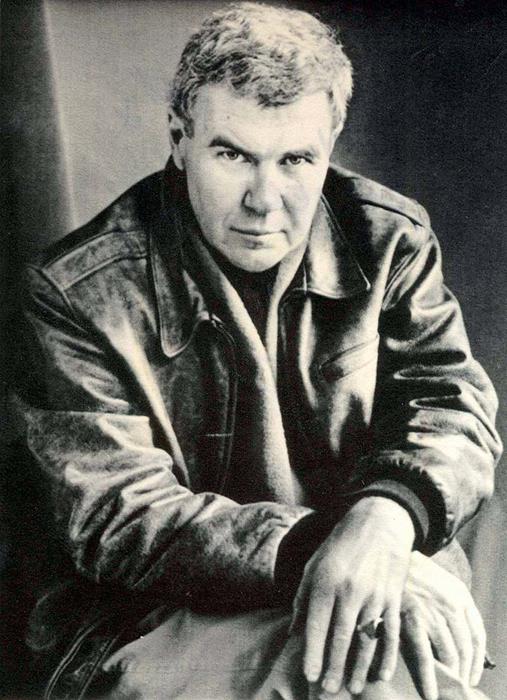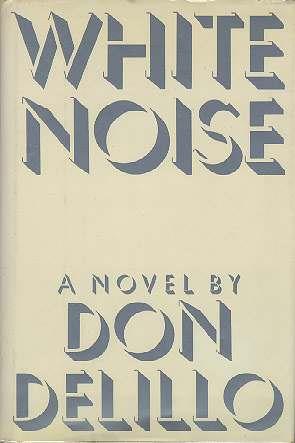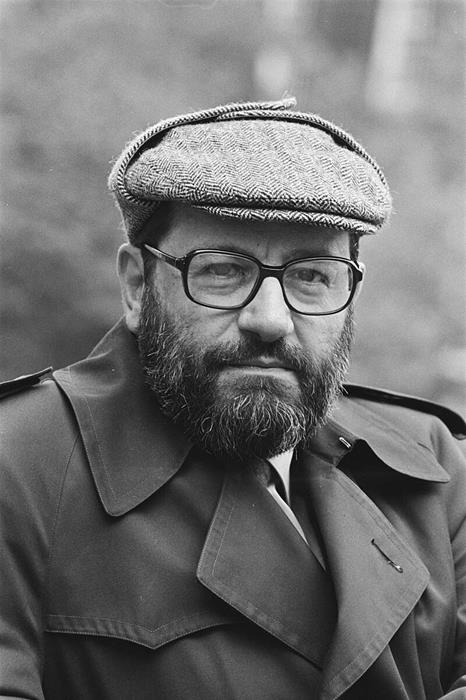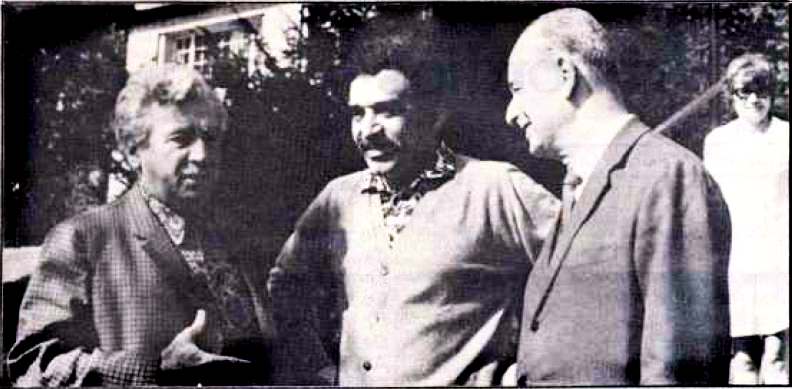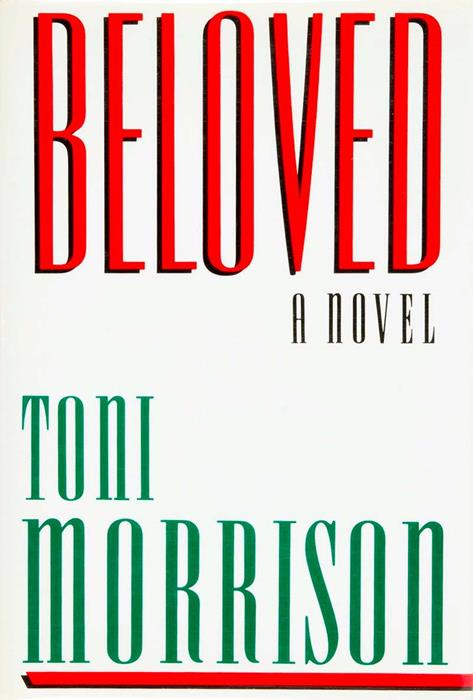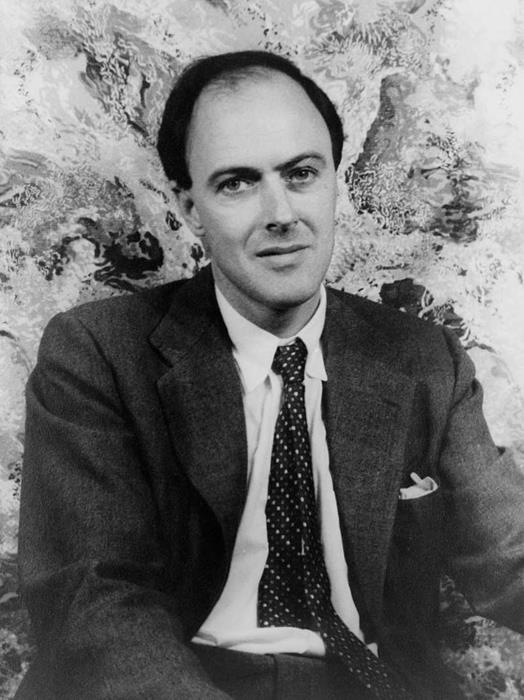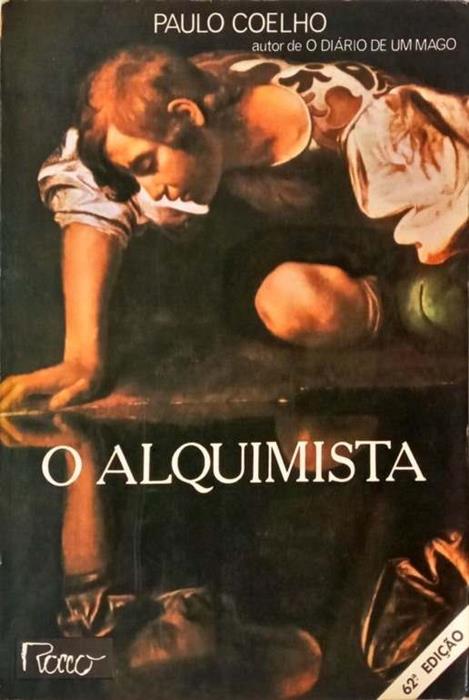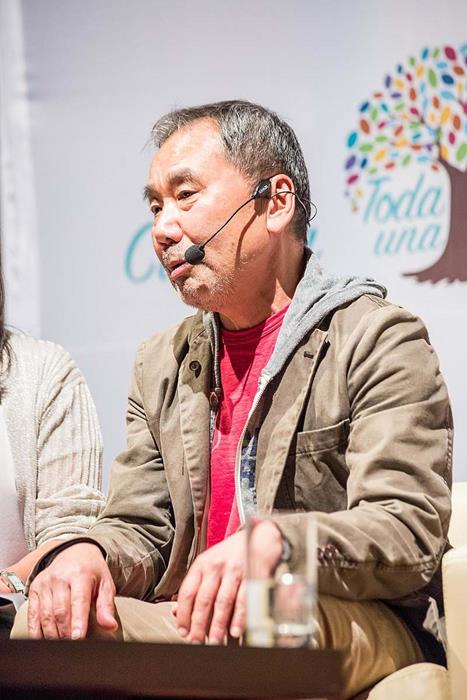Exploring the past can be really interesting, and many people do it by watching movies or TV shows from that time. But for people who love to read, diving into books from a certain era can give a deeper and more engaging experience.
Books serve as time capsules, capturing the essence, ideologies, and cultural nuances of their era. While some titles enjoy a fleeting moment in the spotlight, quickly fading into obscurity, others achieve timeless status, continually celebrated, debated across various forums, showcased on digital libraries, and even adapted into films or TV shows.
The 1980s, a decade rich in literary innovation and diversity, produced an array of such enduring works. For enthusiasts of the ’80s who revel in the world of books, here is a curated selection of iconic novels from that vibrant decade—each a must-read, awaiting your discovery if they haven’t already graced your bookshelf.
“What We Talk About When We Talk About Love” by Raymond Carver (1981)
This collection of short stories by Raymond Carver delves into the complexities of love and human relationships through its concise and impactful prose. Carver’s minimalist style strips each story to its core, revealing the depth of emotion and tension that lies beneath the surface of ordinary lives. Each narrative in the collection offers a glimpse into the varied forms love can take and how it influences the characters’ lives.
Interesting Facts:
- Carver is often credited with reviving the short story form in America.
- The title story has inspired numerous adaptations and discussions on love and communication.
“The Color Purple” by Alice Walker (1982)
“The Color Purple” is a groundbreaking novel that tells the story of Celie, an African American woman in the early 20th century South, through letters to God and her sister. Walker’s powerful narrative confronts issues such as racism, sexism, and abuse while also offering messages of hope, redemption, and sisterhood. This novel is celebrated for its vivid characters and emotional depth.
Interesting Facts:
- Won the Pulitzer Prize for Fiction and the National Book Award.
- Adapted into a film directed by Steven Spielberg and a successful Broadway musical.
“Neuromancer” by William Gibson (1984)
“Neuromancer” is a seminal work in the cyberpunk genre, introducing the concept of cyberspace to literature. The novel follows Case, a washed-up computer hacker who is hired for one last job, which leads him into a vast digital world. Gibson’s vision of the future influenced not only literature but also the development of the internet and virtual reality. If you enjoy science fiction and are always looking for the best sci-fi books to read, ‘Neuromancer’ should be next on your list.
Interesting Facts:
- Coined the term “cyberspace.”
- Won the Nebula Award, the Hugo Award, and the Philip K. Dick Award.
“The House on Mango Street” by Sandra Cisneros (1984)
Sandra Cisneros’s “The House on Mango Street” is a poignant coming-of-age novel told in a series of vignettes. It chronicles the life of Esperanza Cordero, a young Latina girl growing up in Chicago, exploring her dreams, identity, and desires to escape her impoverished neighborhood. The novel is celebrated for its lyrical prose and powerful portrayal of the Hispanic-American experience.
Interesting Facts:
- Cisneros was inspired by her own childhood in Chicago.
- The novel is widely used in educational curriculums to explore themes of identity and belonging.
“White Noise” by Don DeLillo (1985)
“White Noise” is a postmodern classic that satirizes the omnipresence of technology and media in American life. Following the life of Jack Gladney, a professor of Hitler studies, and his family, the novel delves into themes of death, consumerism, and the simulation of reality. DeLillo’s sharp wit and critical eye offer a compelling critique of modern society.
Interesting Facts:
- Won the National Book Award for Fiction.
- The term “white noise” has become a part of popular discourse, reflecting the book’s impact.
“The Name of the Rose” by Umberto Eco (1980)
This debut novel by Umberto Eco is a masterful blend of historical fiction, mystery, and semiotics. Set in a 14th-century Italian monastery, it follows Brother William of Baskerville as he investigates a series of mysterious deaths. The novel is dense with medieval philosophy, theology, and Eco’s love for puzzles, making it a rich and engaging read.
Interesting Facts:
- Eco was a professor of semiotics, and the novel is filled with his interest in signs and symbols.
- Adapted into a successful film starring Sean Connery and a TV series.
“Midnight’s Children” by Salman Rushdie (1981)
Salman Rushdie’s “Midnight’s Children” is a magical realism novel that tells the story of Saleem Sinai, born at the moment of India’s independence from Britain. The novel explores the intertwining of personal and national history, with Saleem’s life reflecting the tumultuous events of post-colonial India. Rushdie’s narrative is a dazzling blend of history, myth, and imagination.
Interesting Facts:
- Won the Booker Prize and the Booker of Bookers Prize.
- Considered a key work in post-colonial literature.
“Love in the Time of Cholera” by Gabriel García Márquez (1985)
In this novel, García Márquez explores the enduring power of love through the story of Florentino Ariza and Fermina Daza, who fall in love in their youth but are separated by circumstances. Spanning over fifty years, their love story is a testament to the strength and persistence of the human heart. García Márquez’s rich prose and magical realism highlight the beauty and tragedy of love.
Interesting Facts:
- García Márquez was awarded the Nobel Prize in Literature in 1982.
- The novel has been adapted into a film and inspired numerous artistic interpretations.
“The Handmaid’s Tale” by Margaret Atwood (1985)
Margaret Atwood’s dystopian novel is set in the Republic of Gilead, a totalitarian regime that has overthrown the United States government. Through the eyes of Offred, a handmaid, Atwood explores themes of gender, oppression, and resistance. This chilling tale is a powerful commentary on the dangers of extremism and the importance of fighting for women’s rights.
Interesting Facts:
- The novel inspired a critically acclaimed television series.
- Atwood has written a sequel, “The Testaments,” which was published in 2019.
“Beloved” by Toni Morrison (1987)
Toni Morrison’s “Beloved” is a haunting novel set after the American Civil War, which explores the impact of slavery on individuals and families. The story centers around Sethe, a former slave haunted by the ghost of her baby. Morrison’s lyrical prose and the exploration of themes such as memory, trauma, and the search for identity have made “Beloved” a landmark in American literature.
Interesting Facts:
- Won the Pulitzer Prize for Fiction.
- Morrison was awarded the Nobel Prize in Literature in 1993.
“Matilda” by Roald Dahl (1988)
“Matilda” is a beloved children’s novel that tells the story of a young girl with extraordinary intelligence and telekinetic powers. Despite facing neglect from her parents and cruelty from her school’s headmistress, Matilda finds solace in books and a kindred spirit in her teacher, Miss Honey. Dahl’s story celebrates the power of imagination and the resilience of the human spirit.
Interesting Facts:
- Adapted into a successful film and stage musical.
- Dahl’s own love for literature shines through the character of Matilda.
“The Alchemist” by Paulo Coelho (1988)
“The Alchemist” is a philosophical novel that follows the journey of Santiago, a young Andalusian shepherd, as he searches for a worldly treasure. Along the way, he learns about listening to his heart and realizing his dreams. Coelho’s simple yet profound narrative has inspired readers worldwide to pursue their own paths to fulfillment.
Interesting Facts:
- Translated into more than 80 languages, it is one of the most translated books in history.
- Has sold more than 65 million copies worldwide.
“Norwegian Wood” by Haruki Murakami (1987)
“Norwegian Wood” is a poignant novel of love and loss set against the backdrop of 1960s Tokyo. Following the introspective Toru Watanabe as he recalls his youth and his relationships with two very different women, Murakami weaves a story that is both deeply personal and universally resonant. The novel’s exploration of themes such as mental health, death, and the passage of time has touched readers around the world.
Interesting Facts:
- The title is taken from a Beatles song, which Murakami felt captured the essence of the novel.
- Marked Murakami’s breakthrough in Japan and established him as a major author internationally.
Conclusion
The 1980s indeed stand out as a captivating period; it was marked by a sense of hope and optimism, particularly in America. The literature from this era, diverse in its themes and styles, narrates unique stories that offer both entertainment and profound insights. These books serve as windows into the complexities and nuances of the time, promising readers not only enjoyment but also a deeper understanding of the decade’s spirit.
Additional Ideas
Also, for those who have a penchant for the music of the 80s, the era also produced an array of exceptional music books, further enriching the cultural landscape of the time. Whether through the written word or through melodies, the 1980s continue to offer a rich, multifaceted exploration of a dynamic period in history.


